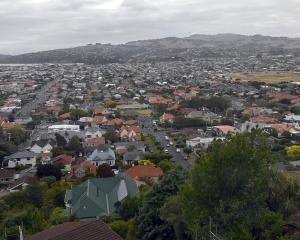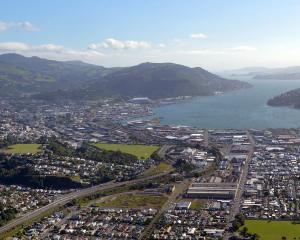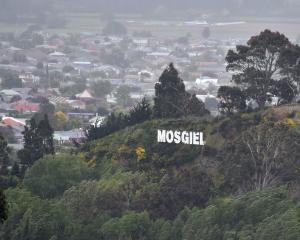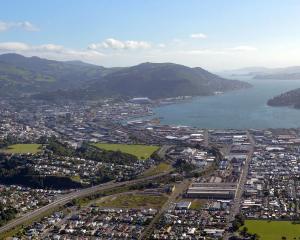
The spectre of rising sea levels and the resultant groundwater rise, coupled with being in a natural flood basin, lends a level of vulnerability to homes and infrastructure.
There is an understandable level of angst among this strong and proud community.
We must be careful not to get too alarmist.
The recent news is much better. Hydrological studies are showing the groundwater rise might not be as bad as previously anticipated and the record shows that the 2015 floods were exacerbated by poor drain and infrastructure maintenance.
New Zealand First has always taken a balanced approach to environmental policy, creating economic opportunity while preserving our natural environment. That’s not to dismiss this as a real and serious long term challenge — it most certainly is — but we do have some time to prepare.
The DCC is to be commended on front footing the issues and bringing together the South Dunedin Futures plan.
Recent initiatives involving bringing in Dutch hydrologists have added greatly to the knowledge base and optionality. Engineering solutions potentially provides decades of extension until the worst is felt.
The recent DCC purchase of Forbury Park, with the potential for it to be a wetland, or green sponge, is an important and necessary first step.
To have missed getting control of that strategically important component of the plan would have been catastrophic.
During the election campaign, Taieri MP Ingrid Leary, Scott Willis of the Greens, and I all committed to working together where possible on issues of local importance in areas where party politics would allow.
I’m pleased to report that South Dunedin Futures is such an initiative.
Shortly we will meet Climate Change Minister Simon Watts to raise his level of awareness around the issue and to discuss the Government’s potential role.
How this issue is handled has the potential to have far reaching precedent for other vulnerable areas of the country.













